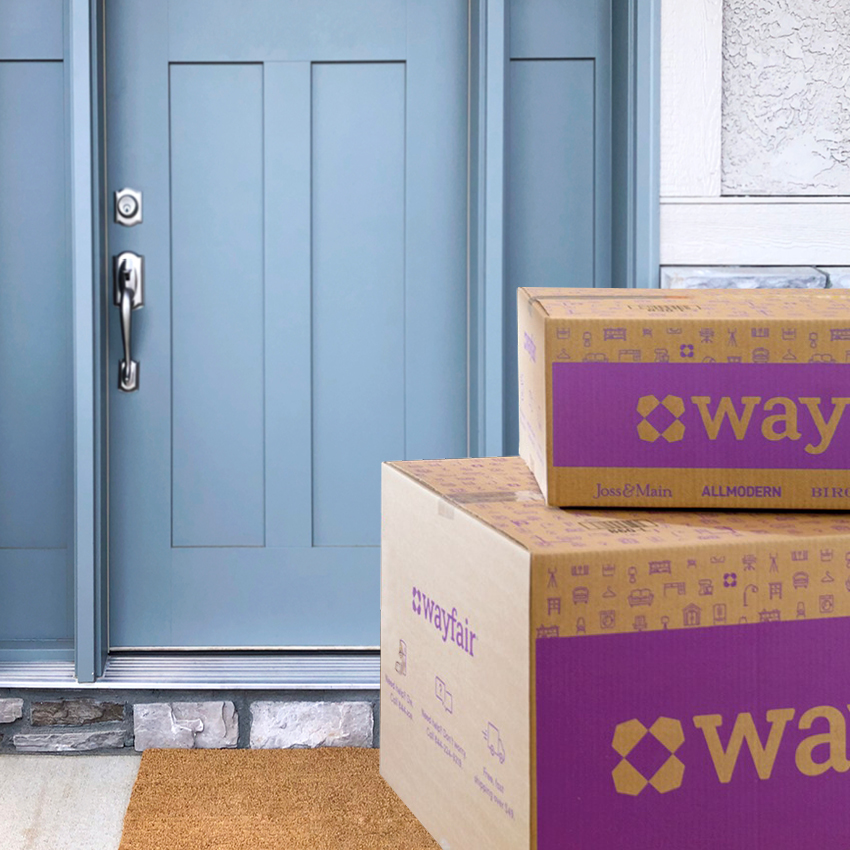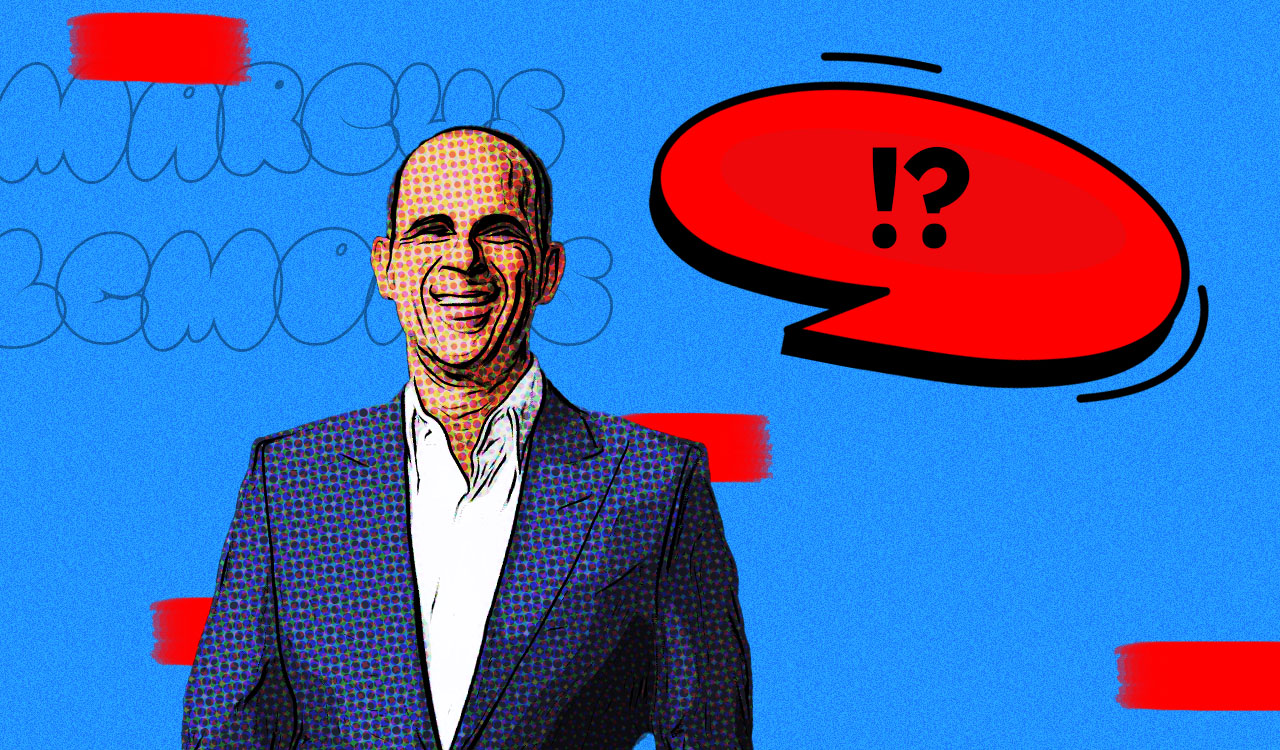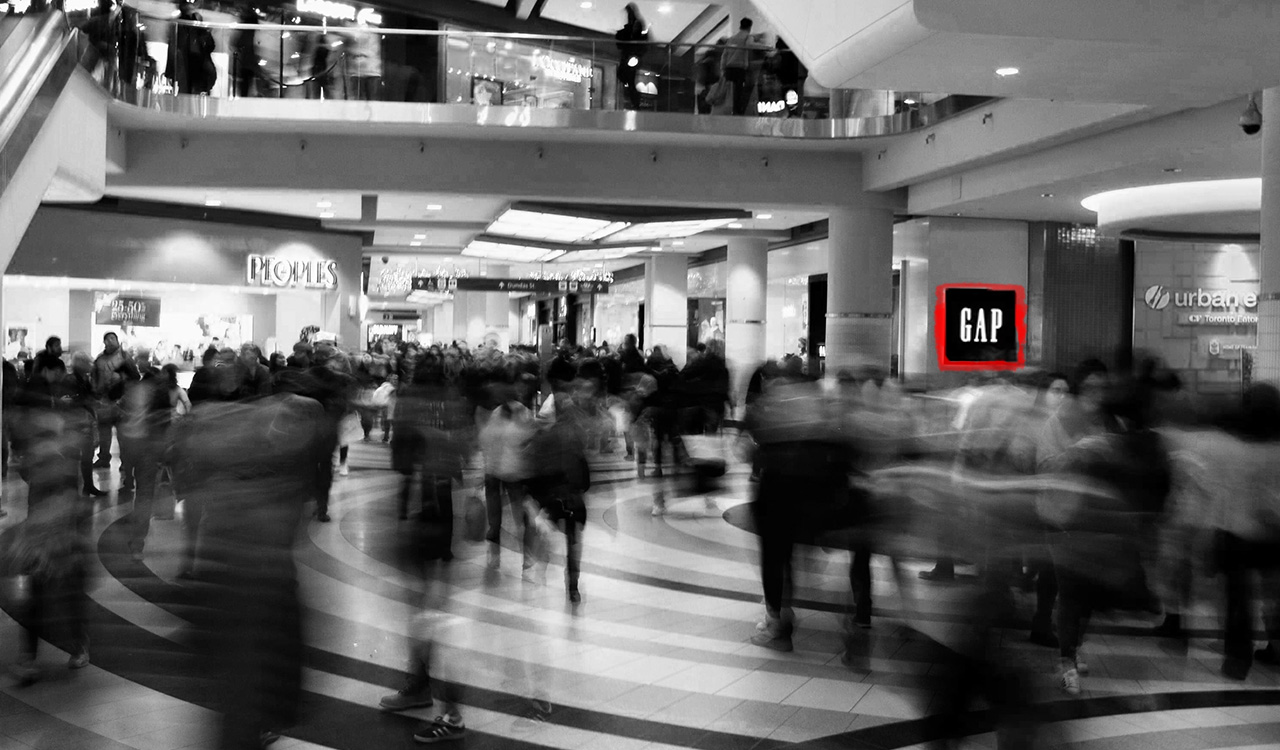Talk about a change in fortune. A scant five months ago Wayfair was trading at a 52-week low of $21.70. Then, following its August earnings release, in which it posted its first quarterly profit since its 2014 IPO, Wayfair’s stock price soared to as much as an astounding $316.50 per share. If you are keeping score at home, that means that an investment of $10,000 back in March, right when the pandemic hit, would now be worth roughly $150,000.
Holy Hanna — that’s one hell of a return in five months!
[callout]The unexplored territories for Wayfair are experimenting with new physical store concepts or forming a partnership or merging with a Home improvement retailer like Lowe’s or Home Depot.[/callout]
Now, say what you will about the stock market — bubbles, irrational exuberance, or even pandemic-fueled home decor spending sprees — Wayfair still deserves some props. Wayfair turning a profit is important not only for the mere feat itself but also for what it says about Wayfair’s future.
Because Wayfair still has nowhere to go but up.
Strategically, Wayfair has three key things going for it that will make it stronger over the long-run, and none of them, at their core, have a goddamn thing to do with the pandemic.
#1 Brand Awareness
From a brand awareness perspective, Wayfair still hasn’t even arrived.
Wayfair’s brand recognition is likely nowhere near on par with the likes of Macy’s, Kohl’s, or let alone a Walmart or a Target, all of which make up a good proportion of Wayfair’s major legacy brick-and-mortar competition. The pandemic has accelerated e-commerce, yes, but Wayfair also still has natural tailwinds at its back when you put its brand recognition opportunities into perspective.
The other interesting point here is that Wayfair only sells home furnishings. Amazon, Walmart, Target, and many of its other core competitors at mass sell and build their brands around many different products categories.
Wayfair doesn’t.
Wayfair focuses solely on home furnishings for the mass market nationally and that in and of itself is differentiating.
Go on — give it a try. Name another national home furnishings retailer.
Ashley Furniture? Restoration Hardware? Pottery Barn? You will be hard pressed to find anyone that sells to the masses at mass prices. IKEA, At Home, and HomeGoods also come to mind, but they, too, can’t hold a candle to Wayfair’s e-commerce experience and logistics capabilities.
Therefore, by investing in its brand, which Wayfair has done extensively over the last few years (for example, it spent $700 million in 2018 alone), Wayfair has effectively been carving out a niche that no one else occupies. While Walmart and Amazon spray their advertising dollars and tailor their websites to sell everything, especially grocery, Wayfair is sitting to the side and investing its money in a manner that will make it the first place average consumers recall when they are in the market for home goods or at least make them a reputable second alternative to Amazon.
If the pandemic has shown anything, it is that this last point is likely already happening.
#2 Physical Stores
There is one thing a raging high stock price brings with it: capital to invest in ideas or initiatives that otherwise would not see the light of the day. To that point, now is the time for Wayfair to put the gas pedal on stores.
With the overwhelming percentage of home furnishings sales still happening in stores, Wayfair should invest like hell and iterate on a store concept that could work while everyone else is still struggling.
Wayfair, frankly, has been slow to move on this front. While Wayfair has invested in mall-based stores in its home state of Massachusetts, its efforts have been tortoise-like and uninspired. Carpe diem Wayfair, and get out of a left-brained e-commerce way of doing business and think differently.
Now is the time for Wayfair to develop multiple concepts that could augment its brand perception and play up its logistical superiority and low inventory carrying costs.
Specifically, Wayfair should put into flight at least three guideshop iterations (i.e. showroom models) of various shapes and sizes, test them and see how the market reacts to them. And none of them should be in Boston, either.
- Concept 1 should be a further refinement of a mall-based store concept (roughly 3,000- to 5,000-square feet).
- Concept 2 should be a hyperlocal urban approach (1,000- to 2,000-square feet).
- Concept 3 should be a big kahuna idea that goes after IKEA in a smaller footprint (aka 30,000- to 40,000-square feet), replete with restaurants, childcare, scan-and-go mobile shopping, and the brand promise that customers never have to pick any boxes off shelves and wait in lines. This last concept could even be put inside an anchor tenant location within a mall. God knows there will soon be plenty of cheap space available — just ask J.C. Penney and Macy’
Does this approach seem bold?
Yes, it does.
But physical retailing and physical retailing success is about being bold and having a point of view. Just being an online marketplace and capturing search traffic isn’t enough to survive and augment one’s brand in the physical world despite what management consultants might think.
#3 Explore New Partnerships
Every pundit’s favorite exercise is to talk about who should acquire whom or who should merge with whom. So, no sense not having a similar go of it here, too.
The other unexplored territory with Wayfair is forming a partnership or merging with a home improvement retailer like Lowe’s or Home Depot.
Think about — the combination of Wayfair and either one of these companies just mentioned would mean complete end-to-end control of everything potential customers need to decorate or furnish their homes. Not Amazon, not Walmart, nor anyone else could touch the strategic impact of this type of partnership for years.
Plus, there are also likely strip mall vacancies aplenty for Wayfair to operate and to place store concepts right next to fully functional Lowe’s or Home Depot stores that would make even the Property Brothers scream in orgiastic home furnishings delight.
So, mazel tov, Wayfair.
You turned your first profit. Now go out and get right-brained in your retailing.
Because, boy, there is still a lot to love!



